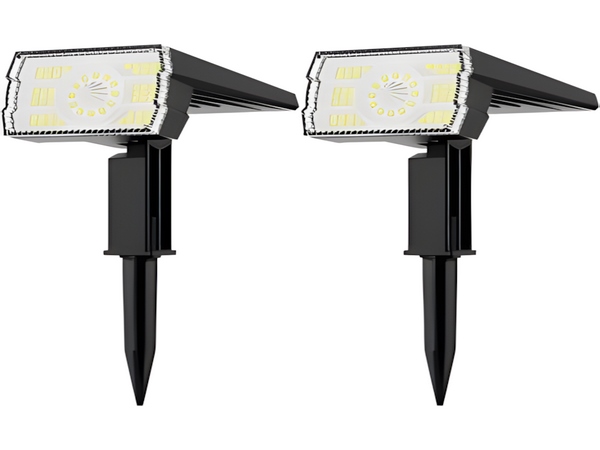
With the rapid development of solar energy, solar street lights are becoming increasingly popular in the lighting field. The safety of solar street lights is particularly high. Traditional lighting requires power generation to provide energy. However, these lines carry significant voltage, which can be harmful to humans upon contact. This poses a serious risk during maintenance or for pedestrians. In contrast, solar street lights do not require complicated equipment, and the voltage is very low, usually ranging from 18 to 24 volts. Even if a person comes into contact with it, there is no danger. So, how long can solar street lights be used during cloudy days? As many users may not be familiar with this, the editor from Century Sunshine Lighting will provide some insights.

Generally, solar street lights are designed to operate for about eight hours each day, with most manufacturers configuring them to be bright for the first four hours and dim for the next four hours. This setup allows for lighting to last for 3 to 7 days during cloudy weather. However, in some areas where it may rain continuously for two weeks, seven days may not be sufficient. In such cases, installing a smart control system can help. This system adds an energy-saving mode, activating when the battery voltage drops below a certain level, reducing the output power by 20%. This significantly extends the lighting duration and the supply of power during cloudy days.
For regions that experience year-round rainfall, the choice of battery type and storage capacity can be adjusted based on local conditions. In southern regions with frequent overcast weather, users should communicate their specific needs to manufacturers when purchasing solar street lights, allowing for a reasonable configuration.
To achieve longer battery life for solar street lights and reduce the impact of cloudy weather, opting for a higher configuration is possible, although this will result in a higher price.
In areas where it rains throughout the year, using solar street lights may not be cost-effective. It might be more reasonable to revert to traditional grid power.

This concludes our discussion on how long solar street lights can operate during cloudy weather. In summary, when purchasing solar street lights, it is essential to communicate clearly with manufacturers about the specific installation area, enabling them to provide a suitable configuration.



